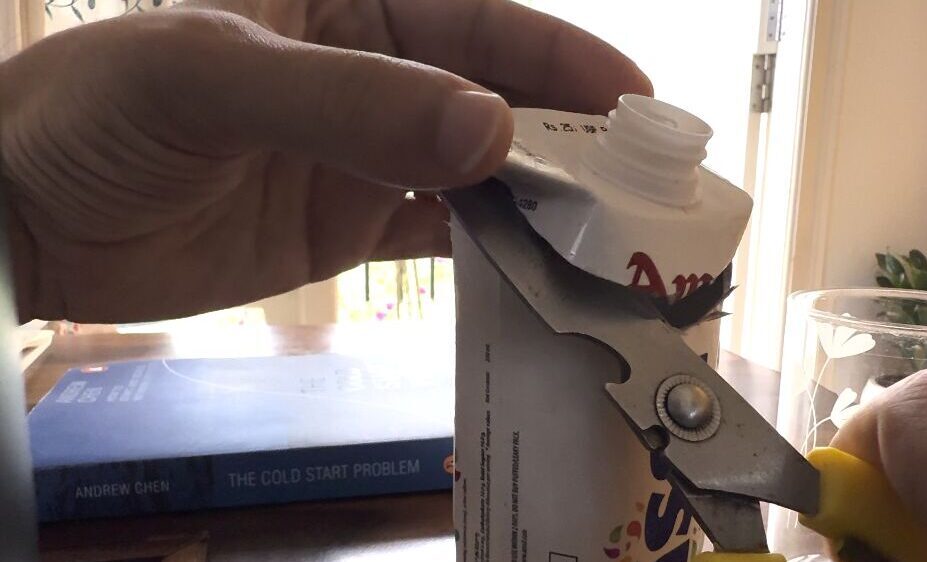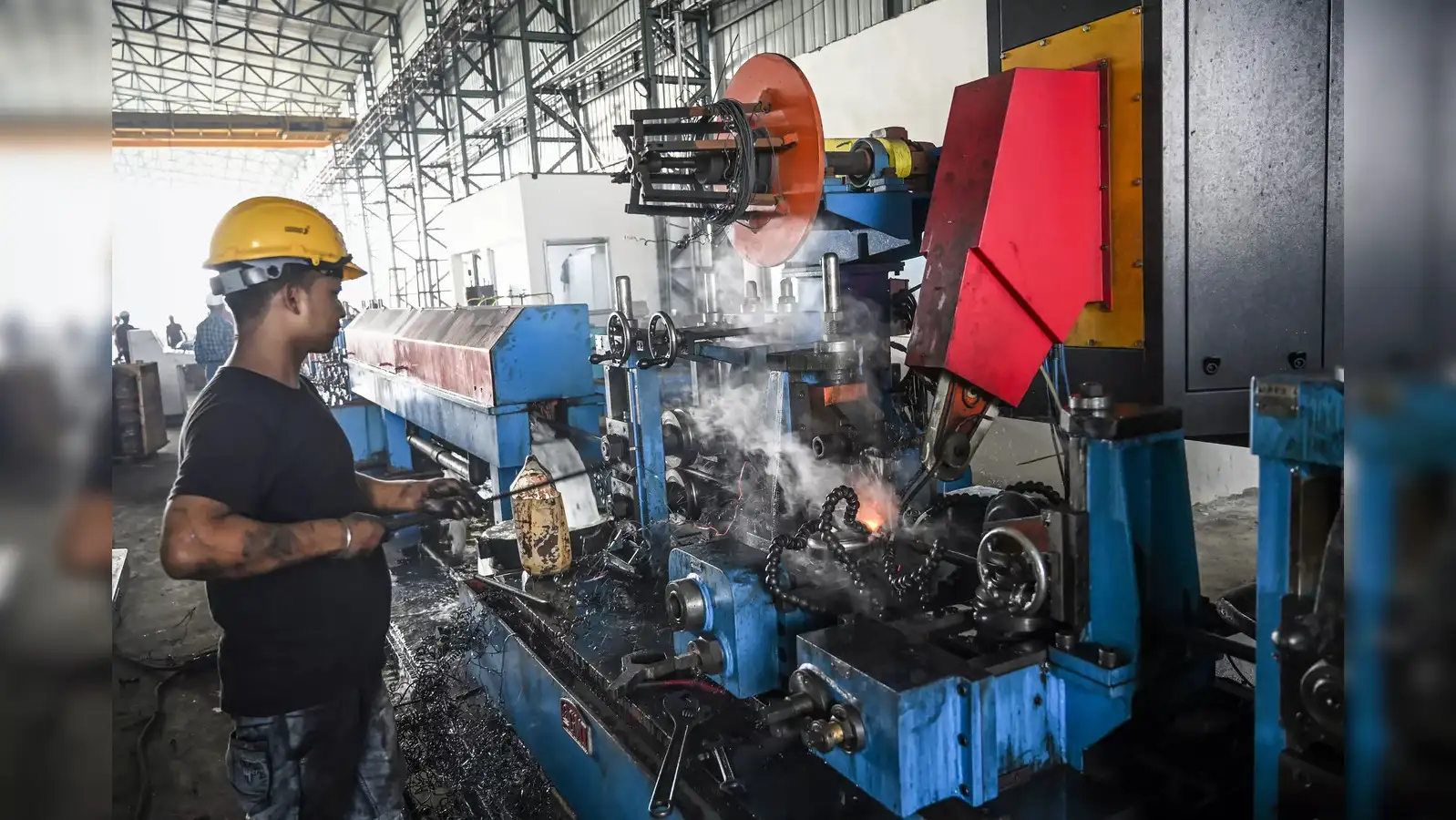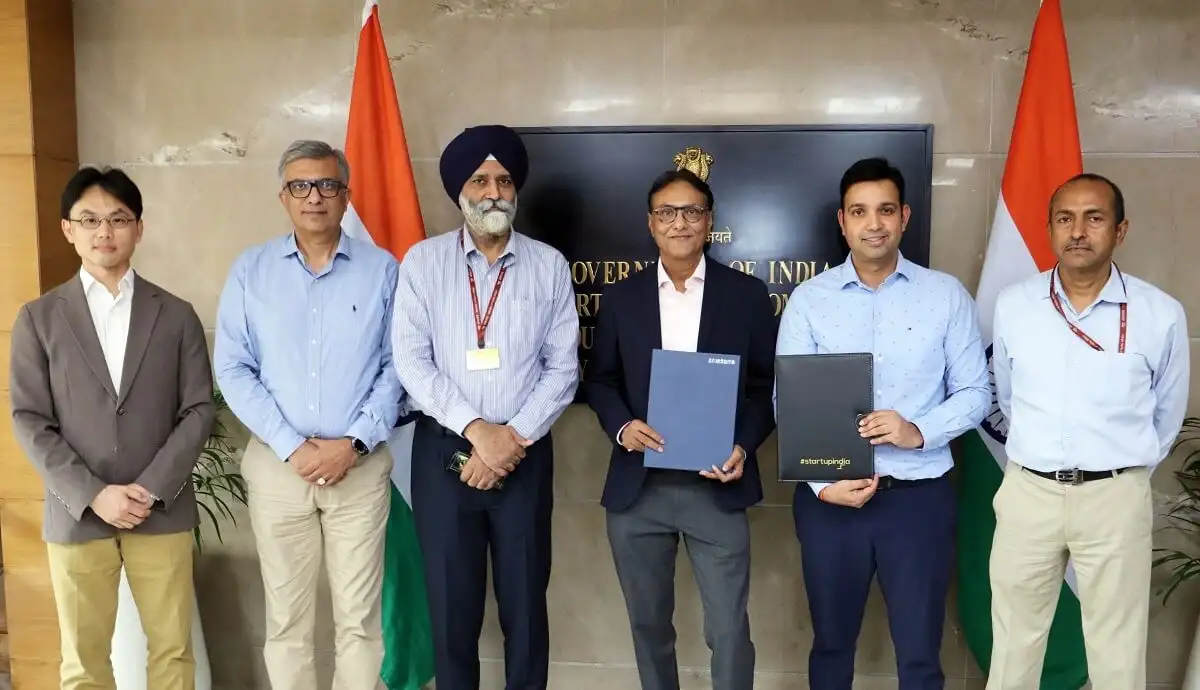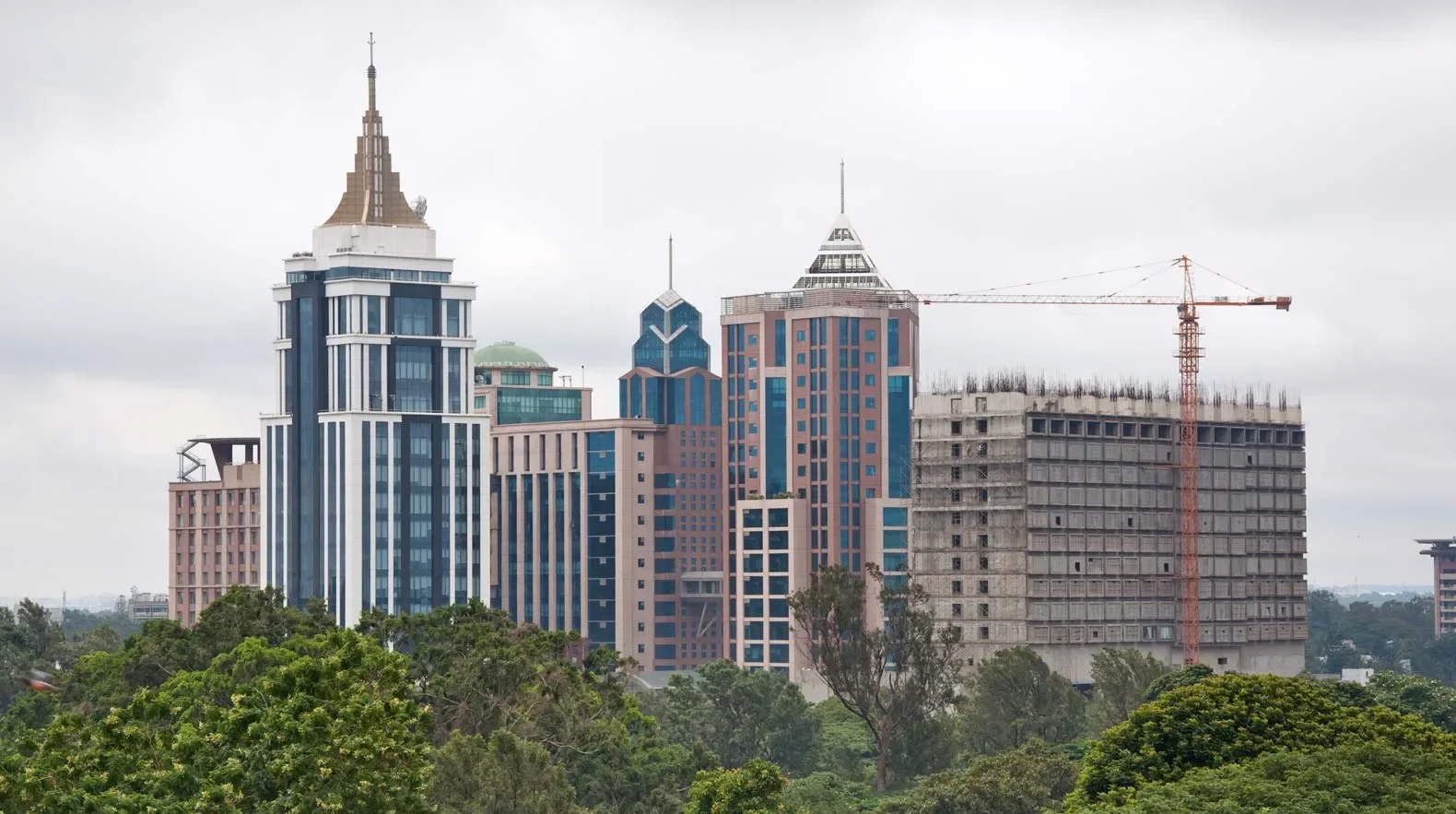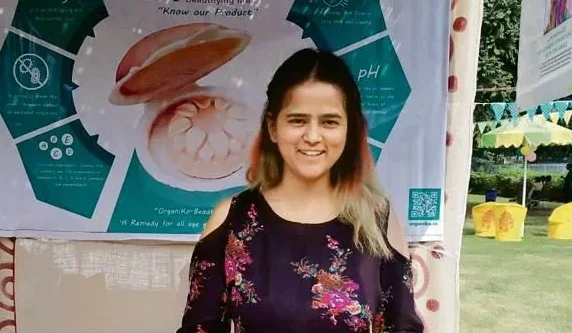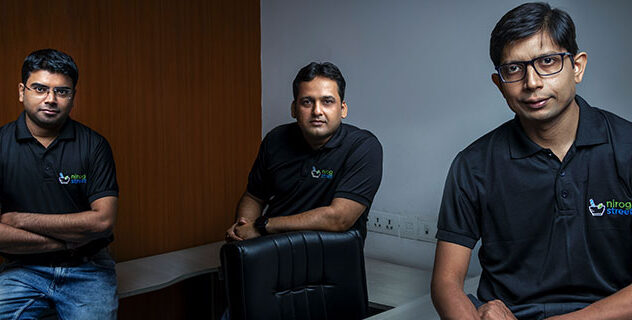At a wedding in the peak of Udaipur’s 40°+ heat two weeks ago, Arjun Vaidya had a moment that brought India’s summer reality into sharp focus. He had just ordered ice cream on Blinkit. When the delivery rider arrived, he was drenched in sweat and on the verge of collapsing. It sparked a debate on importance of electrolytes in India.
“The rider had been out since morning,” Arjun shared, describing the incident. “He was exhausted. Even camels don’t survive beyond 49°C and here we are, expecting humans to.”
As the founder of V3 Ventures and a vocal advocate for health-first consumer brands, Arjun couldn’t shake the image. It wasn’t just one rider. It was every delivery executive, every construction worker, every security guard and sales rep braving the heat, often for 8-9 hours straight, with minimal access to clean, functional hydration.
From Nimbu Paani to Liquid I.V.: The Shift Toward Smarter Hydration Solutions
Traditionally, India’s working class has relied on humble staples like nimbu paani, chhaas, kanji, gond katira, natural coolants passed down for generations. But as Arjun points out, these drinks are usually unbranded, unpackaged, and not always hygienic.
“Sure, brands like Lahori Jeera exist and I’m a big fan,” he says, “but we need something more functional, macro-balanced, and easy to mix for daily use.”
Globally, the market has already moved. In the US, Liquid I.V., a $700 million Unilever-backed brand, has recently entered India. Electrolit in Mexico and Pocari Sweat in Japan show how entire hydration economies can emerge post-heatwave.
In India, early adopters are already on board. Arjun himself uses Supply6 and UP&RUN, two D2C players creating wellness-focused electrolyte blends. But these products remain niche, urban, premium, and inaccessible to the masses.
Why ₹5 Electrolyte Sachets Could Be the New Glucon-D for Working India
The idea Arjun floated both literally and figuratively, was deceptively simple: what if electrolyte products could be distributed like Glucon-D or Electral, but designed for today’s needs?
He imagines a new generation of sachets that are functional, Indianised, and affordable, such as:
- Gond + cumin sachets tailored for dry heat conditions
- Tulsi + lemon + electrolytes for post-work fatigue
- Chia + kokum blends to replace 1L of infused water
- Ready-to-use kanji tablets, spiced buttermilk powders, or bel sharbat drops
“In Tier 2 and Tier 3 cities, hydration choices are limited, 3X fewer than metro cities,” he points out. “And yet, these are the cities where the working population is growing fastest.”
The market today is dominated by sugary drinks, which make up 90% of India’s hydration consumption, according to Arjun. He’s not against indulgence, but sees a clear health gap.
A ₹5-10 sachet, available at every pan shop and tea stall, could be the new-age solution: a low-sugar, high-impact, format-flexible beverage that both refreshes and replenishes.
Electrolytes in India: Food For Thought
As Arjun sat with a founder in the hydration space recently, he posed a fundamental question:
Can electrolytes scale in India? Or is this just personal bias for a category he loves?










